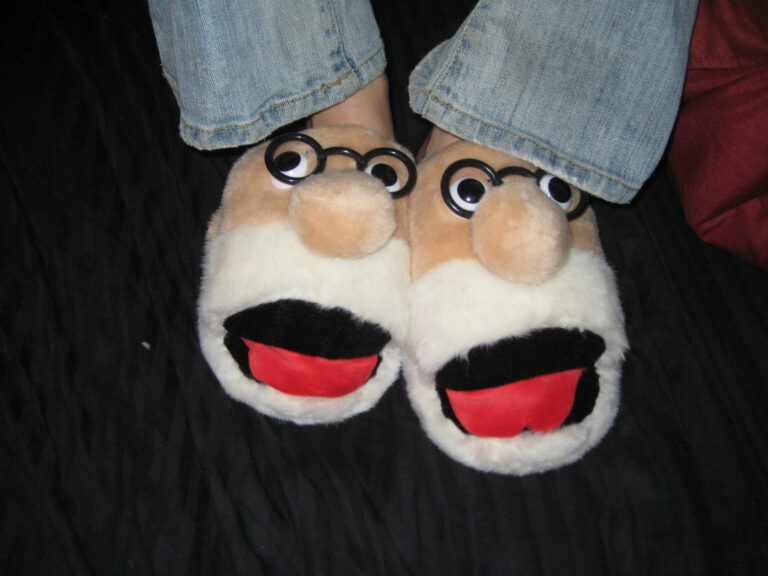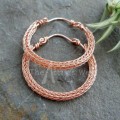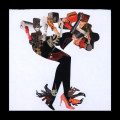Yes, museum shops can be holding pens for the worst atrocities known to high art in the form of low culture; alas, they can also be great sources of inspiration for those of us working outside of the museum walls. A quick survey of a national museum shop will show you the best and worst: gorgeous handmade cards and a one-eared Van Gogh mug.
How does one straddle this fine cultural divide without falling into the trap of making your work seem worthless while still maximising profits with great, original products?
You have to have an understanding of, culturally, where you want to be, who your audience is and how much work you are willing to put in. There are some obvious artistic tangents: an embroiderer making cushions, for instance and you may think that a printmaker has the pick of the pack—all 52 cards, kings, queens, jacks (plus jokers) are spread out for the taking – but there are always avenues you can travel.

Firstly, think about the specific work you want to capitalise on, its medium and the surface. The medium should suit itself to the product and the product should, in turn, highlight the original work.
Prints
Collages, it can be argued, lose a certain something when they are re-printed, but if the print is the object of desire, then how can anything be lost from it? Present your work in such a way that it seems like the original manifestation of an idea, not a cheap imitation. Frames and glass do wonders to hide the inky sheen of a fresh print; they also add an authenticity and shop-quality finality. Offer your buyers what they want, not what they think they want.
Sculptural pieces are very hard to recreate or re-appropriate; consider photographing them first and using the photo, rather than the sculpture, as the source material for whatever product you are hoping to sell. Unless you have a cheap or easy method of scaling down and mass producing your work, don’t spend countless hours slaving over a copy which will never see the loving grin of a new owner—your audience should be absolutely everyone.

Increase your audience
Not only does printing your work en masse give you more items to make money off of, but the exposure can be priceless. Who do you want to see your work and what do they buy? Do some research to see how the big boys do it—what do museums and galleries do to get their names uttered in the right circles? Now, take that and put your own, unique stamp on it! Tote bags and greetings cards may sound like obvious examples but they are everywhere because people want them and they sell. High-quality cards can garner a lot of money and so many different types of artist can benefit from producing products which can be stocked somewhere other than their own websites. Local galleries, bookshops, cafés and garden centres all stock artist products on a sale or return system, all with your name on.
You, essentially, become your own one-man brand once your work leaves the studio so make sure people know who you are. If you are selling work which doesn’t directly carry your name (ceramics, jewellery, etc.) make sure you include a business card so that your new, wealthy patrons can tell their new, wealthy friends about your work.
Going out of left field
You could always do the unimaginable and start mocking your own work—‘Vinyl Resting Place-mats’ made of old records or paint-by-numbers family portraits—plenty artists before you have fallen into the category of the kitsch and crass. Just consider, before succumbing to depression, despondency and cutting your own ear off to make a (very lucrative) one-eared mug of your own, that your work might best be suited to your followers in a different format. Just don’t make slippers out of it.








